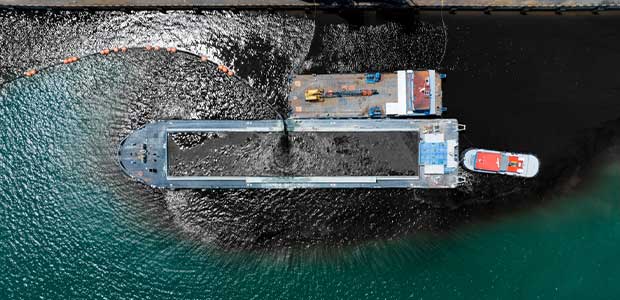
Strengthening Oil Spill Response: EPA Finalizes New Standards for National Contingency Plan
The new rule focuses on Subpart J, which regulates agents that can be used in cleanup, per the EPA.
- By Alex Saurman
- Jun 02, 2023
The EPA has announced new standards for the National Oil and Hazardous Substances Pollution Contingency Plan that will help strengthen responses to spills off U.S. coastlines.
Not every oil spill that occurs involves high volumes. While some involve millions of gallons, other spills may include only minuscule amounts. However, every year, a maximum of 150 oil spills require the National Oceanic and Atmospheric Administration’s attention, per the agency.
“When hazardous substance releases or oil spills occur that can harm our environment, it is crucial that we ensure response efforts are guided by the safest, most effective, most protective practices,” said Clifford Villa, Deputy Assistant Administrator for EPA’s Office of Land and Emergency Management in a news release.
Part of the EPA’s new rule involving Subpart J—which regulates agents that can be used in cleanup—addresses the testing of products and manufacturer information requirements, according to a news release. Only products that are proven to work well in laboratory settings may be included on the list; and product manufacturers are required to include more information about products.
“This rule will increase transparency and reporting requirements and support the emergency responders working to protect our communities,” Villa continued.
In addition, the new rule:
- “Increas[es] access to information on product components.
- Establish[es] limitations and prohibitions on the use of certain agents.
- Establish[es] a publicly available Sorbent Product List that is separate from the NCP Product Schedule.
- Clarify[s] responsibilities and procedures for authorizing the use of these products.
- Notif[ies] the public of when these chemical and biological agents are used in an emergency response.”
The rule was finalized on May 31, 2023.
About the Author
Alex Saurman is the Content Editor for Environmental Protection.